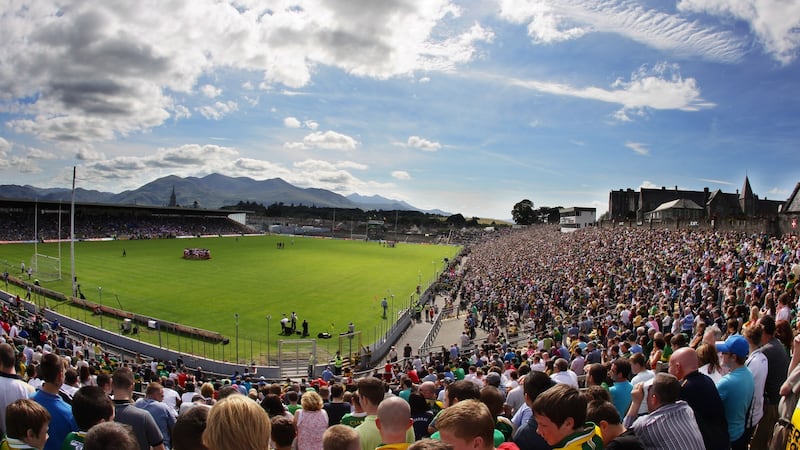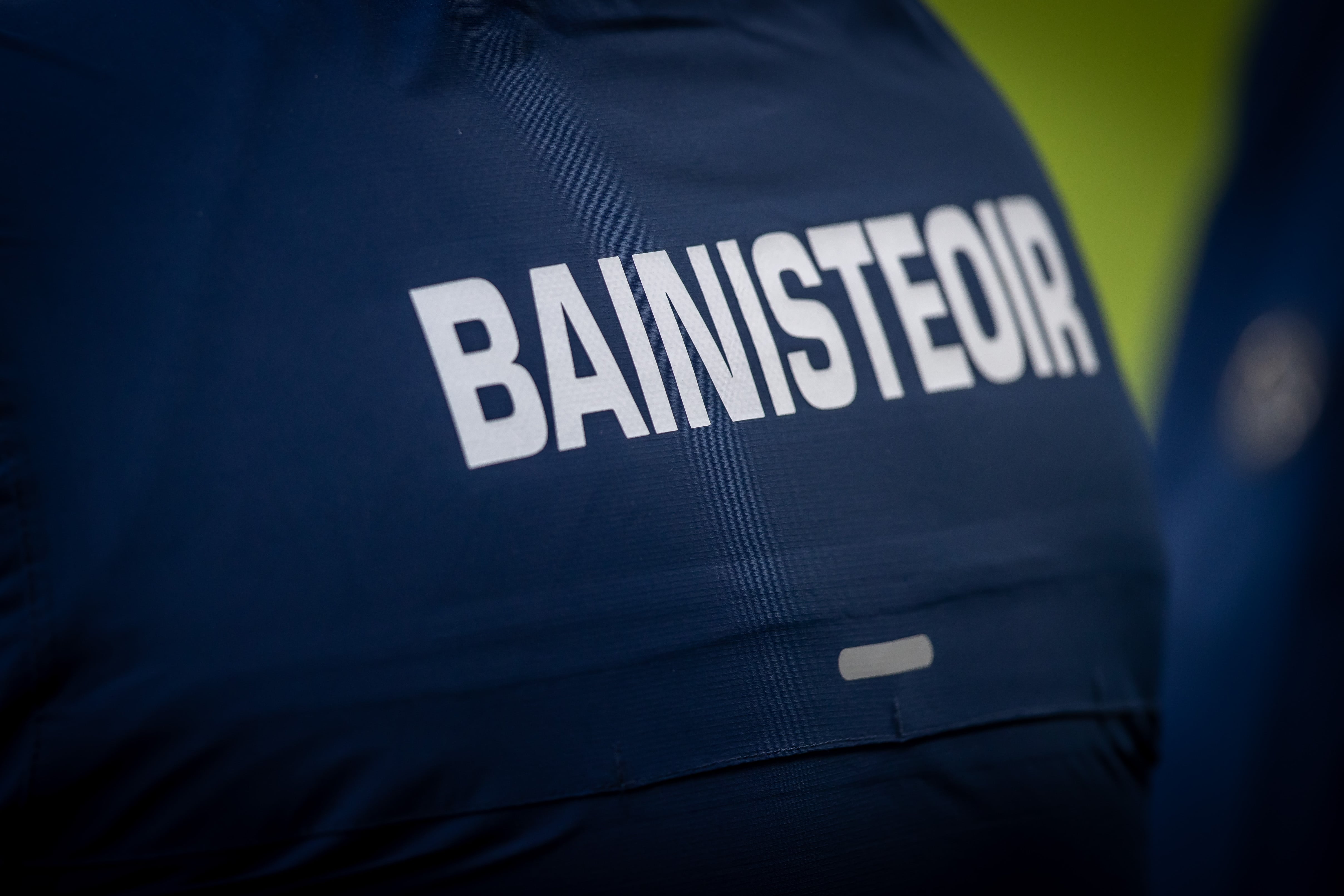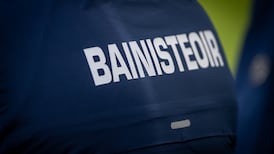Tom Ryan’s much-discussed annual report, launched last week, touched on a key challenge for the GAA.
It wasn’t explicit but in the range of misgivings he outlined there was an awkward theme – that the association’s biggest problems are intractable because they are also the organisation’s greatest strengths.
These challenges relate to financial matters. The immediate issue as soon as questions started to fly was the perennial cost of funding intercounty teams, which has hit €40 million this year. Ryan was asked had he any ideas for addressing the problem.
“I don’t want to be flippant. If we were capable of solving it up to now, we would have solved it . . . You see it in the size of backroom teams that are associated with county teams, not just at the top level, it’s right the way through. You see that manifesting itself at club level as well.”
READ MORE
The soaring bills relate generally to third-party services for the preparation of teams. Is this expenditure a function of recklessly finding more and more things on which to spend money? Maybe in some cases but if this is an arms race, a great deal of what is spent is triggered by concern at being vulnerable if a county doesn’t keep up with their peers.
It is also arguable that the ever-increasing retention of medical and paramedical service providers and other associated practitioners is a response to circumstances as well as evidence of a desire to get ahead.
When the split season was introduced, the hope was that the costs of running intercounty teams would fall, an outcome that has proved wildly out of kilter with figures that followed.
At the same time, the new season is condensed into a smaller time frame and allows virtually no break between league and championship. In order to keep going, there is intensified need for injury management and also for bigger panels.
In last year’s annual report Ryan expressed the conviction that there would be “no going back to September” All-Irelands and this year added, “I think the momentum and sentiment is such that we will not be reverting to the old arrangements any time soon.”
He was simply reflecting a consensus that the new calendar has worked well but, that being the case, the pressure on intercounty teams has intensified.
Whatever remedies – undisclosed – the GAA have in mind to address the so called “runaway train” of team costs, there must equally be recognition that the intercounty season essentially bankrolls the association.
And whereas some reorganisation may help to reduce the figures, it has the look of a genie that won’t get back in the bottle – certainly if the experience of the ‘payment to managers’ discussion document from 12 years ago is any guide.
At a Christmas lunch, another guest, largely a stranger to the pursuits of the Gael, became exercised by GAA grounds and how every time he caught a passing glimpse of a match on television, the venue appeared to be empty.
The sense of local pride that is attested as one of the great governing cohesions of the association means that every county wants a home for its teams and frequently with a capacity to take the maximum crowd rather that an adjusted average.

Last week Ryan was asked had the GAA plans to rationalise the abundance of stadiums around the country. Within Munster for instance, there are four large venues in Cork, Thurles, Limerick and Killarney – all within 100 miles of each other.
“Rationalising and reducing the number? No. The time has come – and we’re already there – where we have to be a bit more focused as to what we spend money on so we don’t need vast expanses of terraces anywhere. We need to spend on comfort and accessibility.”
That response indicated a more measured policy towards the building of big venues but those that exist will continue to require maintenance and upkeep. There are also several grounds with more appropriate capacities either just built or in the process of construction or planning, including the legend that Casement Park is fast becoming.
When Croke Park was being unveiled 20 years ago, one of the ancillary benefits it was hoped would flow from the reconstruction was the raising of standards elsewhere in the GAA.
At this stage it looks as though other counties became beguiled by the idea that they could have a stadium that might also quickly turn into a laying hen, such was the success of the new national stadium. Not alone did its provision mean an excellent venue for the biggest matches but it was such a landmark building that the GAA actually got some positive PR from the project.
On a less fanciful note, the stadium has, 18 years after it started to pay dividends to Central Council, stumped up an accumulated €150 million, which is just five million short of what it cost the GAA to build it in the first place.
Unfortunately, there are only so many big rugby and soccer matches to go around and securing top-line concerts isn’t within every venue’s ability – to say nothing of the government business that is available to a facility in the capital.
Ironically, Pádraig Ó Caoimh, a former secretary general of the GAA whose memory was seen to be nearly desecrated in the recent SuperValu uproar, had overseen a drive to ensure that GAA units had their own home venue.
A downstream effect of the updated stadium that bears his name is that Croke Park will move very cautiously in future when details of similar capital developments cross their desk.

















